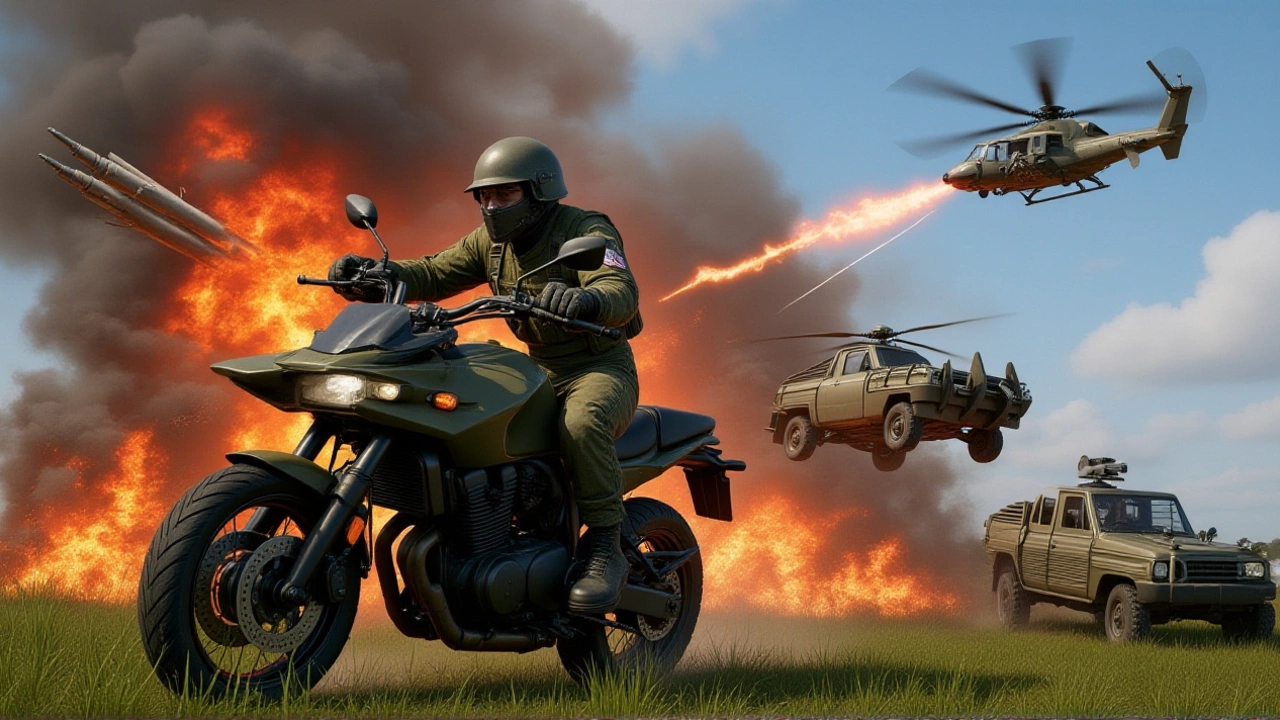Esports: The Rise of Competitive Gaming and What It Means Today
When you think of esports, organized, competitive video gaming played at a professional level, often in front of live audiences and streamed online. Also known as competitive gaming, it’s no longer just kids playing in their basements—it’s a global industry with teams, sponsors, coaches, and stadiums full of fans cheering like it’s the Super Bowl. Esports isn’t a fad. It’s a movement that started with small LAN parties and exploded into something the world can’t ignore. In 2023, over 500 million people watched esports events, and the industry hit $1.8 billion in revenue. That’s more than some professional sports leagues.
Behind every big tournament are professional gamers, athletes who train 10-12 hours a day, treat gaming like a full-time job, and compete for prize pools that rival Olympic payouts. These aren’t just skilled players—they’re disciplined athletes with nutritionists, mental coaches, and strict sleep schedules. Teams like Tundra Esports or Team Liquid operate like traditional sports franchises, with scouting departments, analytics staff, and marketing arms. And the fans? They don’t just watch—they buy merch, stream matches, and follow their favorite players like pop stars.
Gaming tournaments, structured competitions where teams or individuals battle for rankings and cash prizes, often hosted by game publishers or third-party organizers are now global events. The International Dota 2 Championship has handed out over $40 million in prizes since 2011. The League of Legends World Championship sells out stadiums in Seoul, Berlin, and Los Angeles. Even schools and universities now offer esports scholarships. It’s not just about winning—it’s about community, strategy, and performance under pressure.
The gaming industry, the ecosystem of developers, streamers, hardware makers, and broadcasters that supports competitive gaming has grown into a machine that feeds on innovation. Companies like NVIDIA and Logitech design gear just for pro players. Twitch and YouTube pay millions to streamers who play the same games pros compete in. And it’s not just PC games anymore—mobile esports is exploding, especially in India and Southeast Asia.
What’s missing from the headlines? The everyday players who are just trying to get better. The parents who still don’t get why their kid spends hours on a screen. The coaches who work for free because they love the game. The local cafes that host weekend tournaments because there’s no other place for these kids to belong. Esports isn’t just about the big names or the million-dollar wins. It’s about connection. About finding your tribe. About turning something you love into something that matters.
Below, you’ll find real stories from the trenches—the wins, the losses, the crazy moments, and the quiet dedication that don’t make headlines but keep esports alive. Whether you’re a fan, a player, or just curious, this collection shows what’s really going on when the cameras aren’t rolling.
India Bans BGMI Under Section 69A, Affecting 100 Million Players
India's Ministry of Electronics and Information Technology banned Battlegrounds Mobile India on July 28 2022 under Section 69A, halting access for over 100 million users and rattling the nation's esports scene.
read more
